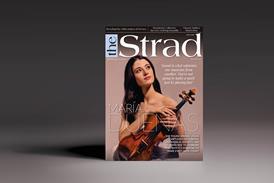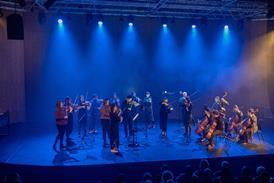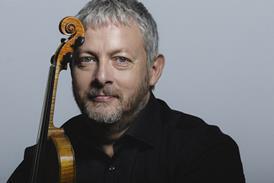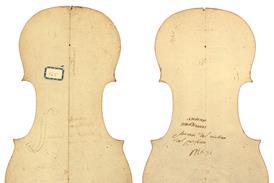American String Quartet violist Daniel Avshalomov visits Cremona, home of Stradivari, to meet current Cremonese luthiers, Eva and Hristo Marino

A piazza Stradivari - no surprise, and richly deserved.
A Stradivari cheese shop - well, why not? Doubtless the man enjoyed
a bit of formaggio now and then. But a Stradivari travel
agency? As far as is known, he stayed pretty close to home
throughout his life, so this last may be a stretch, but it is all
meant to honour the person who, more than any other, put Cremona on
the map, and there are dozens more shops by that name in
town.
After a summer of global travel for work, the idea of a non
obbligato trip may strike many as pazzo, but the ASQ
was on vacation, many years had passed since I was last in Cremona,
the new Museo del Violino was opening, and I told myself
that my instrument was homesick, so once again into the
airports.
Another reason: a former student had shown me a quite beautiful
modern Cremonese instrument, and I wanted to meet its makers, Eva
and Hristo Marino, see their latest violas, and get insiders' views
on luthiers and developments in Cremona. Of course I had not
anticipated Italy's hottest summer since Vesuvius erupted, but you
play the hand you're dealt.
Some people opine that a Cremona without instrument-makers would
hardly merit a side trip, but that's an empty argument, since it
has that attraction. True, when the wind is right one is
reminded that the town is in farm country, but even that is a
virtue when you see the freshness of the produce in the markets and
restaurants.
The Marinos are charming young people absolutely dedicated to
their work – they told me that after their marriage they had even
‘translated’ many of their wedding gifts into tonewood. The two
violas I tried showed great strides beyond the one I had seen in
New York, and I was happy to answer the couple's many questions.
They also spent quite a bit of time examining and measuring my
Amati.
When the heat wore on, we went on a short trip to several
castelli in the hills surrounding the town, culminating in
a visit to Stradivari's apartment in the walls of the Castell'
Arquato. There was something very comforting in escaping the
summer heat of town to find that Stradivari had done
likewise.
Other facts gleaned as I prowled about: though it is established
that Antonio was assisted by his sons Omobono and Francesco in his
later years, it now seems that several of the last instruments may
have been essentially built by Francesco while supervised by his
father. And after all the articles and discussions on the ‘secret’
of Stradivari's varnish, it was startling (and refreshing) to hear
that for many years Stradivari had his formula compounded and
delivered by a local chemist/apothecary. When you can carve another
‘Messie’ or ‘Batta’, why slave over a hot stove?
Apropos stoves: it is still difficult to find a poor meal in
Italy, I am glad to report, and months later I recall with pleasure
the menu at Osteria del Melograno. My meal there was a
consolation for not having gotten into the new Museo - as
with many public-works projects (and not only in Italy, it is fair
to add), the building schedule was subject to delay, and the
opening was thus pushed back. Whereas I had a date with a
quartet.
Subscribe to The Strad or download our digital edition as part of a 30-day free trial. To purchase back issues click here.


























No comments yet